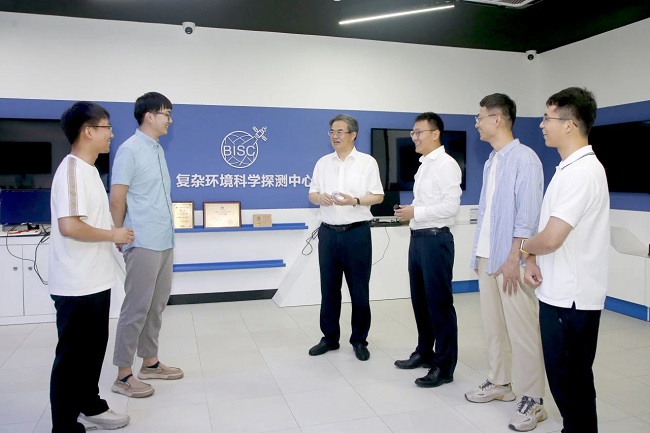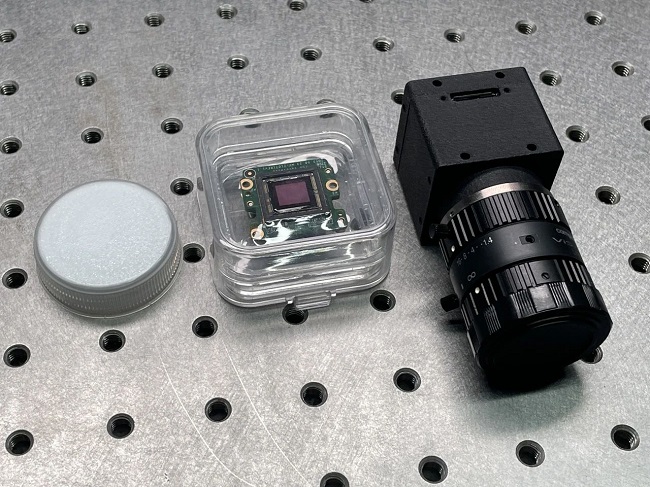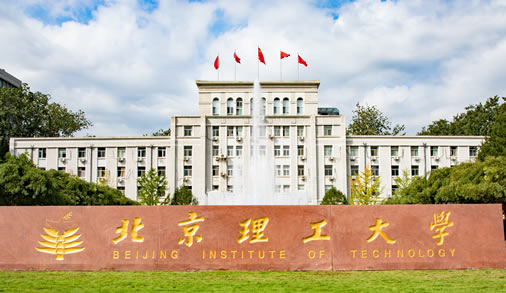

Updated: 2024-11-29
Academician Zhang Jun from Beijing Institute of Technology (BIT) has led a team to pioneer an on-chip spectral multiplexing sensing architecture.
Zhang's team has developed the world's first hundred-channel megapixel hyperspectral real-time imaging device, which sets a world record for the utilization efficiency of optical energy.
The international academic journal Nature reported the achievement earlier this month, with BIT as the sole completion unit of the paper. Academician Zhang Jun and Professor Bian Liheng are co-corresponding authors; while doctoral student Wang Zhen and master's student Zhang Yuzhe are the main authors of the article.

Academician Zhang Jun, Professor Bian Liheng and team students exchange ideas.
On-chip optical research is a cutting-edge hotspot in the field of information. The fact of the paper being published in Nature fully demonstrates the original innovation capability of the Complex Environment Science Detection Research Center at BIT, marking the university has opened a new chapter in the basic research of the information field.
For many years, the team has been focusing on transforming original disruptive technologies into innovative results and implementing them in major scenarios.
The team has overcome multiple bottlenecks and created an on-chip spectral multiplexing sensing architecture, which subverts traditional geometric beam splitting architecture, narrowband measurement mechanism, and physical measurement output mode. It has achieved computational spectral imaging with on-chip broadband differentiation control, completed the difficult process from blank to formed, and opened up new fields of on-chip spectral research.
The first domestically produced hyperspectral real-time imaging sensor with a hundred channels and a million pixels developed by the team increases the optical energy utilization rate from the typical less than 25 percent to 71.8 percent, setting a world record.

The volume of the hyperspectral intelligent imaging device is only the size of a mineral water bottle cap.
With its outstanding features of small size, high integration, light weight, fast imaging speed, and high imaging precision, this small device has found applications in major national projects such as the new generation of remote sensing, smart transportation, and future advanced equipment. It also holds broad application prospects in several key national areas, including public safety, smart agriculture, marine science, and geological surveying.














